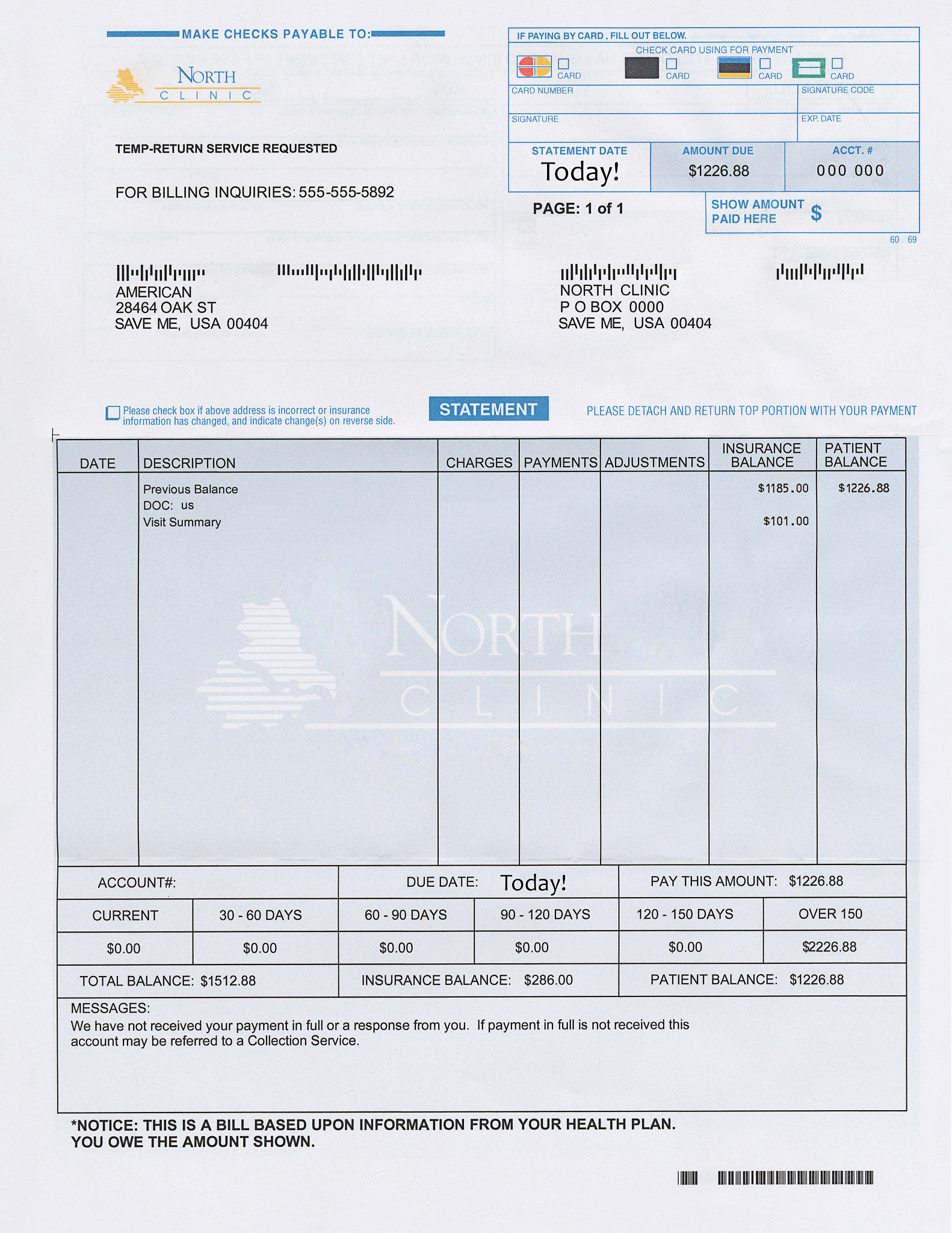How to Prepare Your Melbourne Home for an Energy Assessment
Understanding the Importance of an Energy Assessment
Preparing your Melbourne home for an energy assessment is a crucial step in enhancing energy efficiency and reducing utility bills. An energy assessment helps identify areas where your home may be wasting energy, allowing you to make informed improvements. By preparing adequately, you can ensure the assessment is thorough and effective.

Conduct a Preliminary Self-Assessment
Before the professional assessment, conduct a preliminary check to identify obvious energy inefficiencies. Look for drafts around windows and doors, inspect insulation in your attic, and ensure that heating and cooling systems are functioning optimally. This initial review can help you address minor issues and prepare questions for the assessor.
Check for Air Leaks
One of the most common sources of energy loss is air leaks. Walk around your home and feel for drafts near windows, doors, and any openings. Seal these leaks with weather stripping or caulking to improve energy efficiency.

Organize Your Home for Easy Access
To facilitate a comprehensive assessment, ensure that the assessor has easy access to all areas of your home, including the attic, basement, and crawl spaces. Clear away any clutter that might obstruct access to key locations such as heating systems, air conditioners, and water heaters.
Prepare Relevant Documentation
Gather utility bills, previous energy audits, and any documentation related to recent home improvements. These documents provide valuable insights into your home’s energy use patterns and help the assessor make accurate recommendations.

Be Ready to Discuss Your Energy Concerns
During the assessment, you’ll have the opportunity to discuss specific energy concerns with the assessor. Be prepared to talk about any persistent issues, such as rooms that are hard to heat or cool, or high energy bills. This dialogue can guide the assessor in focusing on areas that need the most attention.
Understand the Assessment Process
Familiarize yourself with the assessment process. Typically, it involves a thorough inspection of your home’s insulation, heating and cooling systems, and the efficiency of appliances. Knowing what to expect can help you prepare more effectively.
Implement Immediate Improvements
After the assessment, you'll receive a detailed report with recommendations. Consider implementing immediate, low-cost improvements such as replacing incandescent bulbs with LED lights or installing a programmable thermostat. These changes can start saving energy right away.
Plan for Long-Term Upgrades
For more substantial improvements, like upgrading insulation or installing solar panels, create a long-term plan. Prioritize projects based on their potential energy savings and your budget.

By following these steps, you can ensure your Melbourne home is well-prepared for an energy assessment, setting the stage for a more energy-efficient future. Taking action based on the assessment’s findings not only benefits the environment but also enhances the comfort and value of your home.